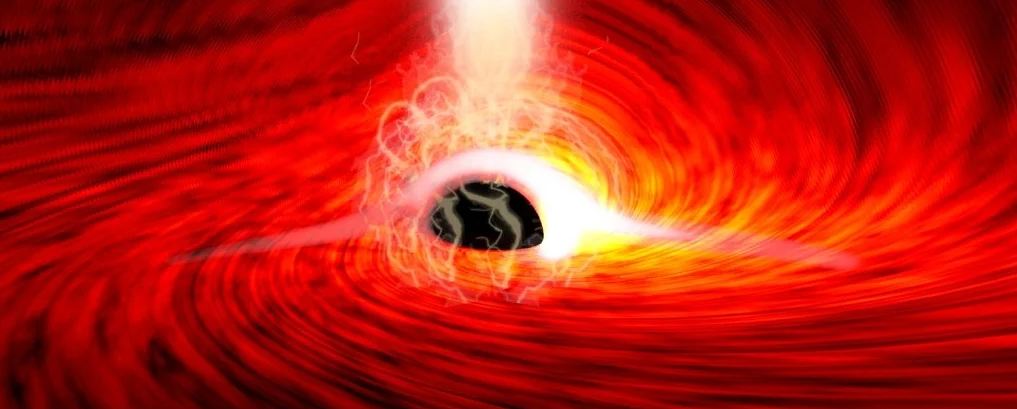Back in the day, Einstein came up with quite the theory: light should bend around a black hole and be reflected right back at the viewer from behind the black hole. It might sound ambitious considering it’s only a theory, but how about some proof?
A recent discovery is the perfect piece of evidence of reflected light in the form of something called X-ray echoes. The origin is a supermassive black hole, about 800 million light-years away, in an intriguing galaxy dubbed I Zwicky 1 (I Zw 1).
Find out how Einstein’s prediction was confirmed and other incredible stuff.
There’s Light Behind a Black Hole!
According to astronomers, there’s a “point of no return,” surrounding a black hole. Even light speed is hopeless, and it can’t escape that. So, how could we actually see the light behind a black hole?
I Zw 1 is an active black hole. That means it has an accretion disk.
To better understand, picture this: an accretion disk is similar to a massive flattened disk of gas and dust whirling into the object. And the disk can get hot enough and strip away the electrons from atoms, creating a magnetized plasma.
Moreover, inside the inner edge of that accretion disk is where the corona lies – an area of extremely hot electrons powered by the black hole’s magnetic field.

Discovery insights
In a black hole, the corona behaves similar to a synchrotron to hasten the electrons to such extreme energies that they start shining brightly, but in X-ray wavelengths. And this is where astronomers’ discovery kicks in.
“This magnetic field getting tied up and then snapping close to the black hole heats everything around it and produces these high-energy electrons that then go on to produce the X-rays,” explains astrophysicist Dan Wilking from Stanford University.
It’s fantastic, once again, to confirm another major prediction of general relativity. The recent discovery, however, is only the beginning, as per astronomers’ statements.























Leave a Reply